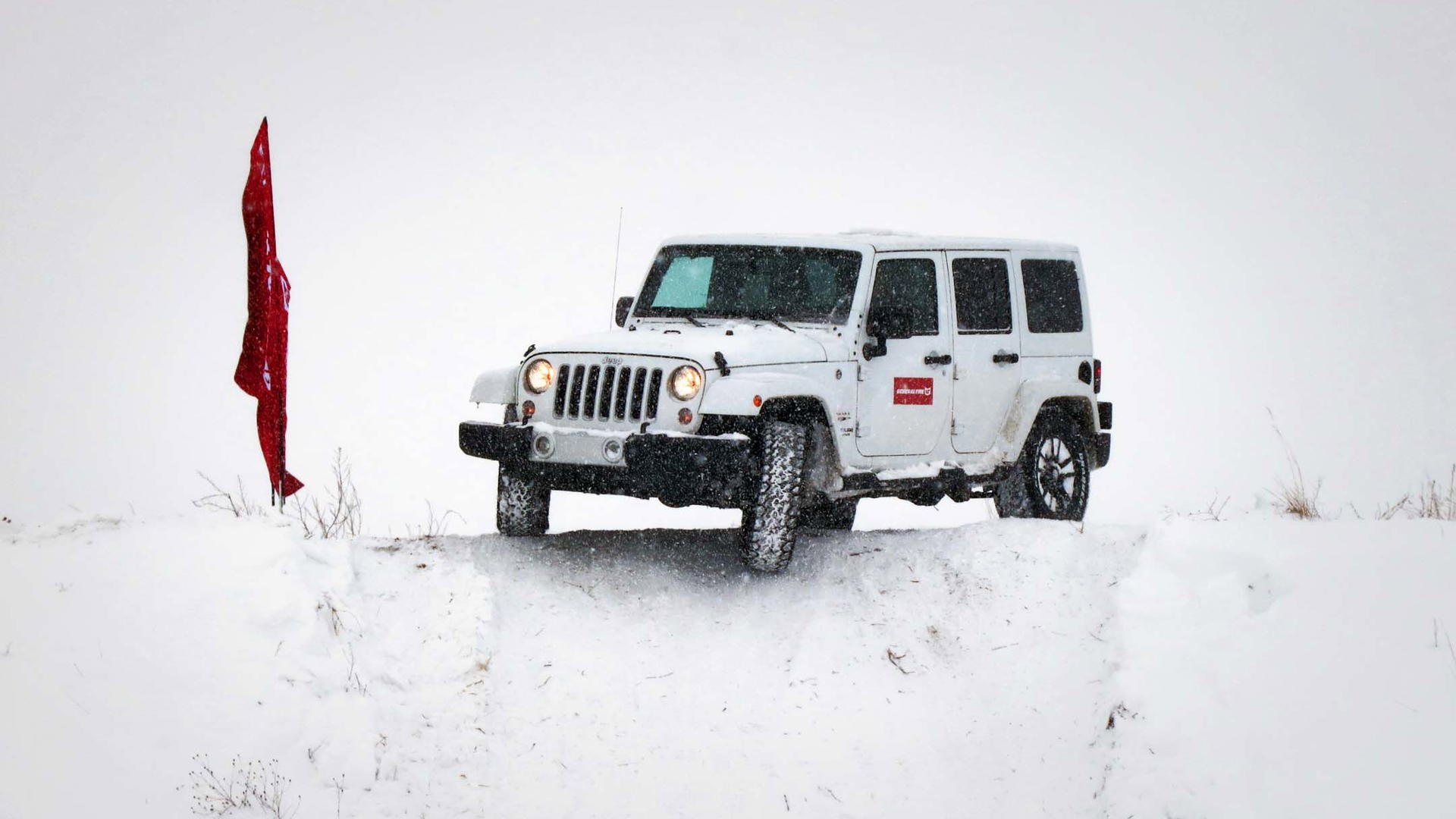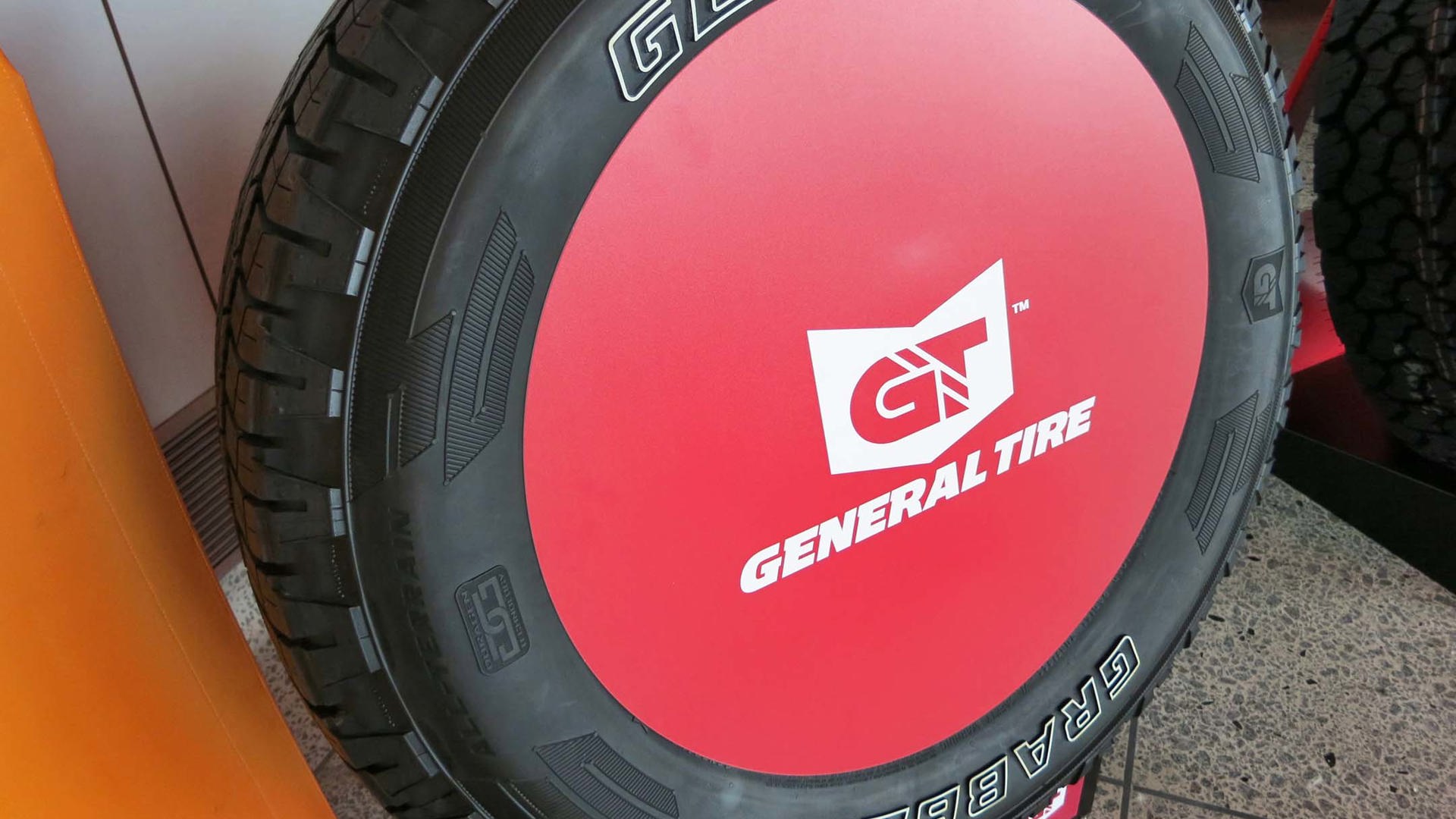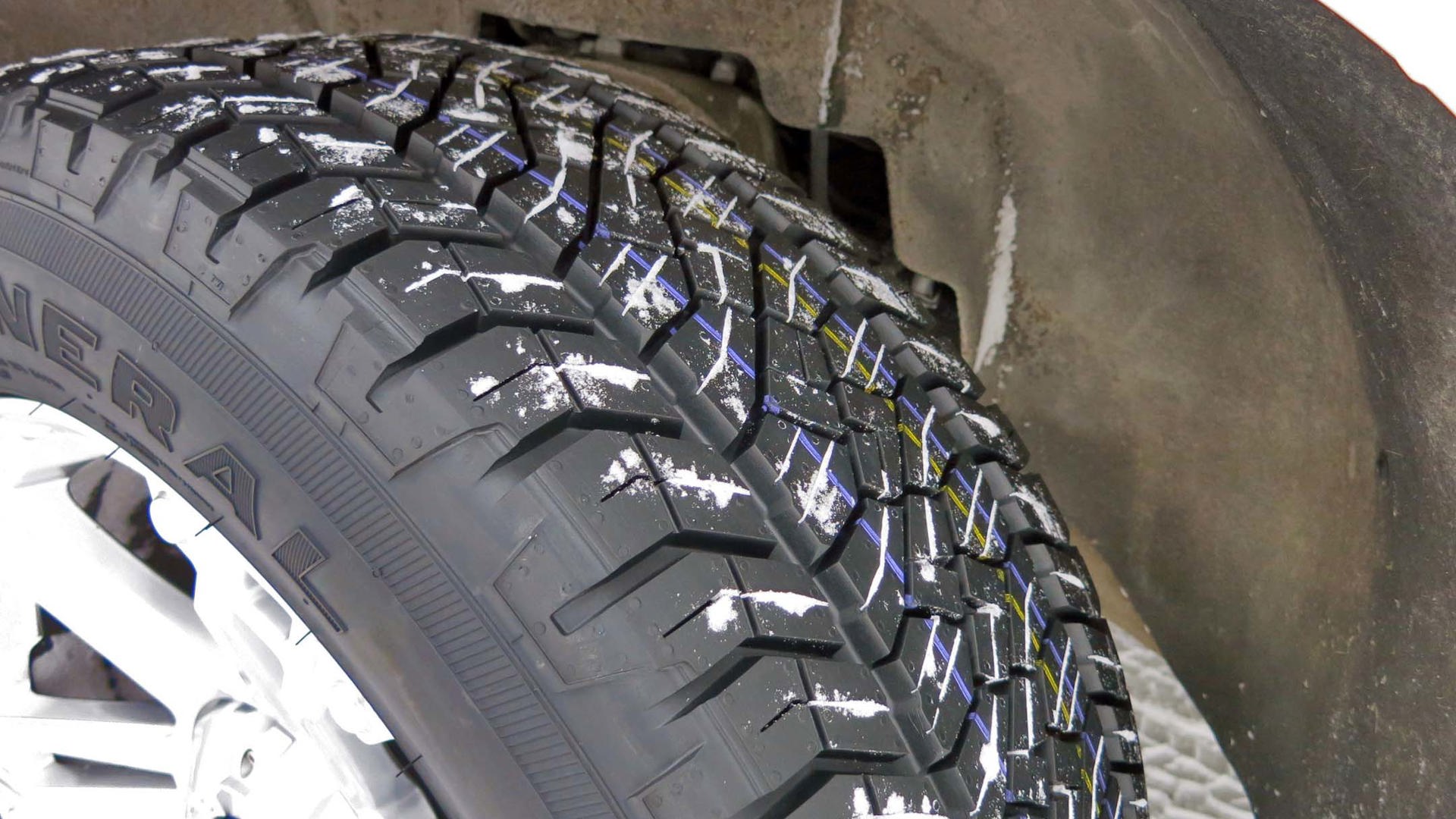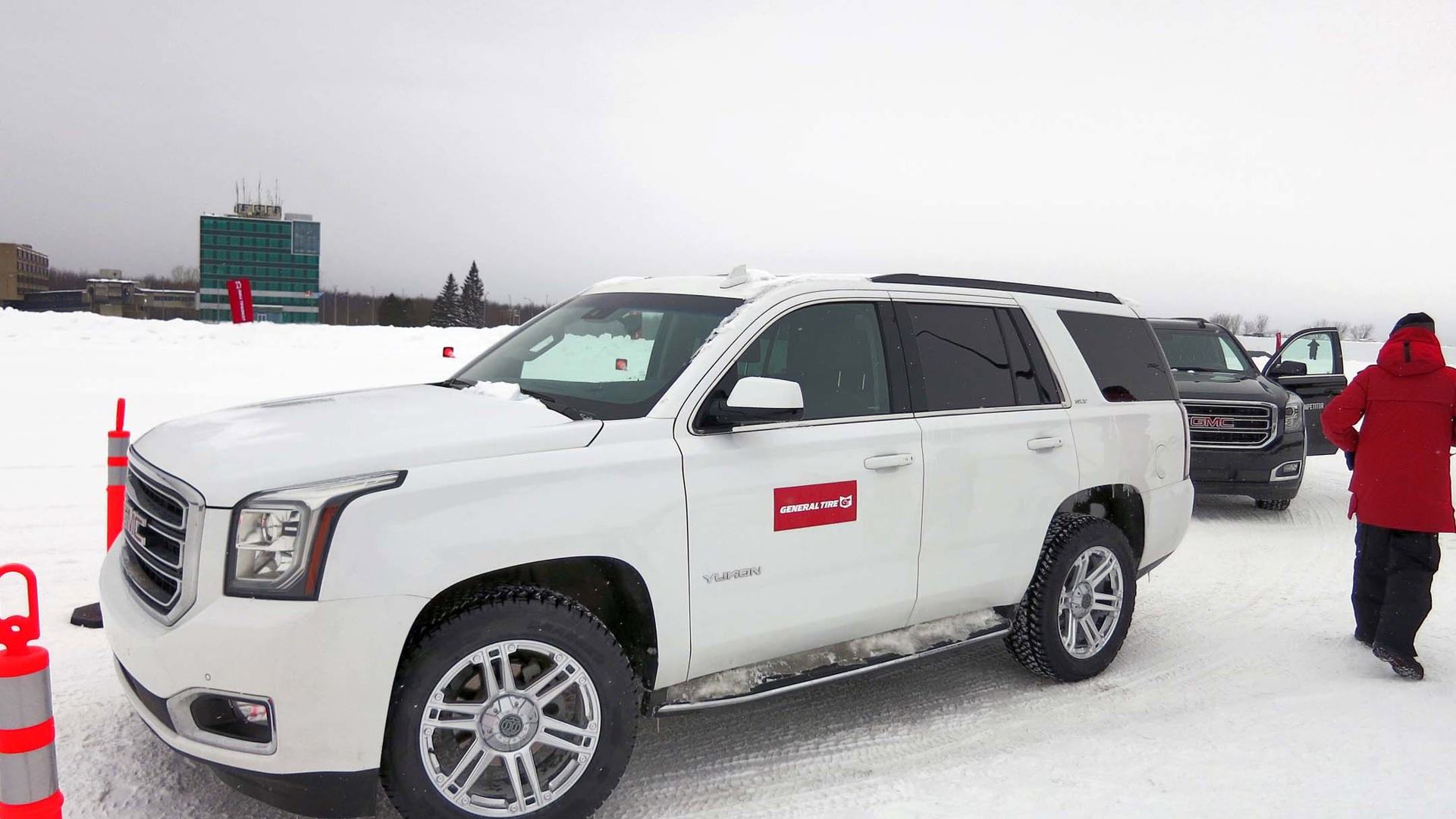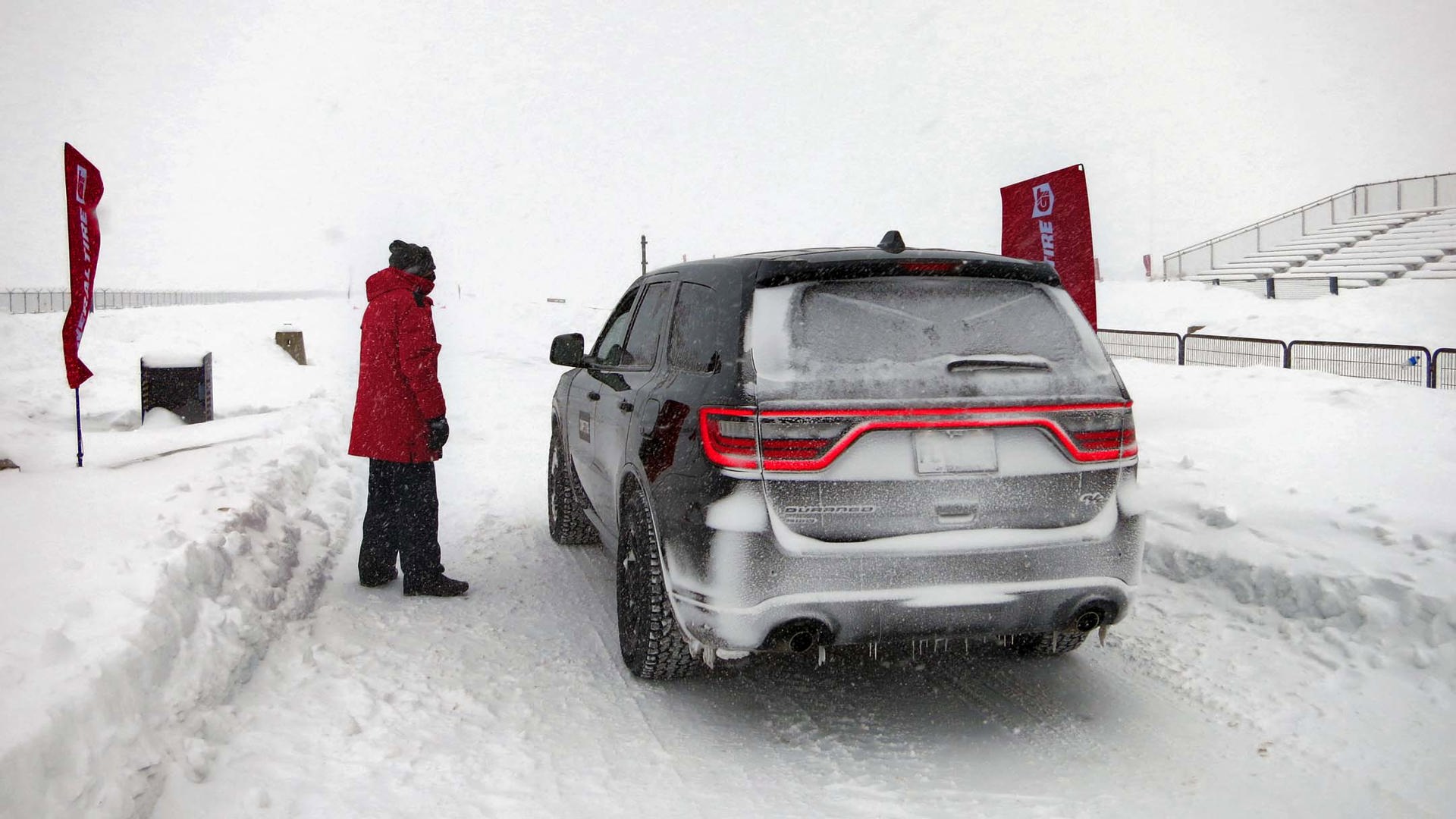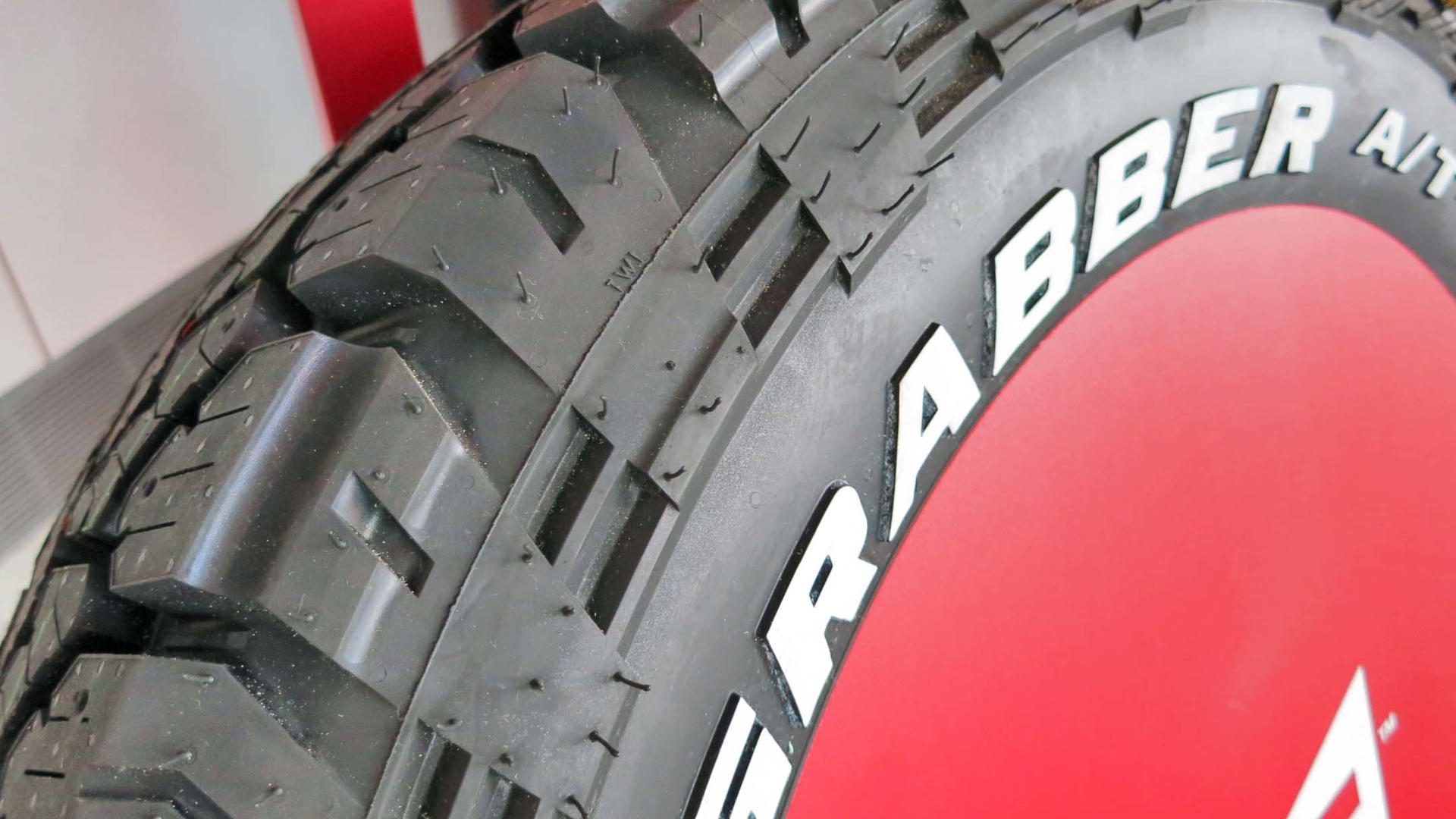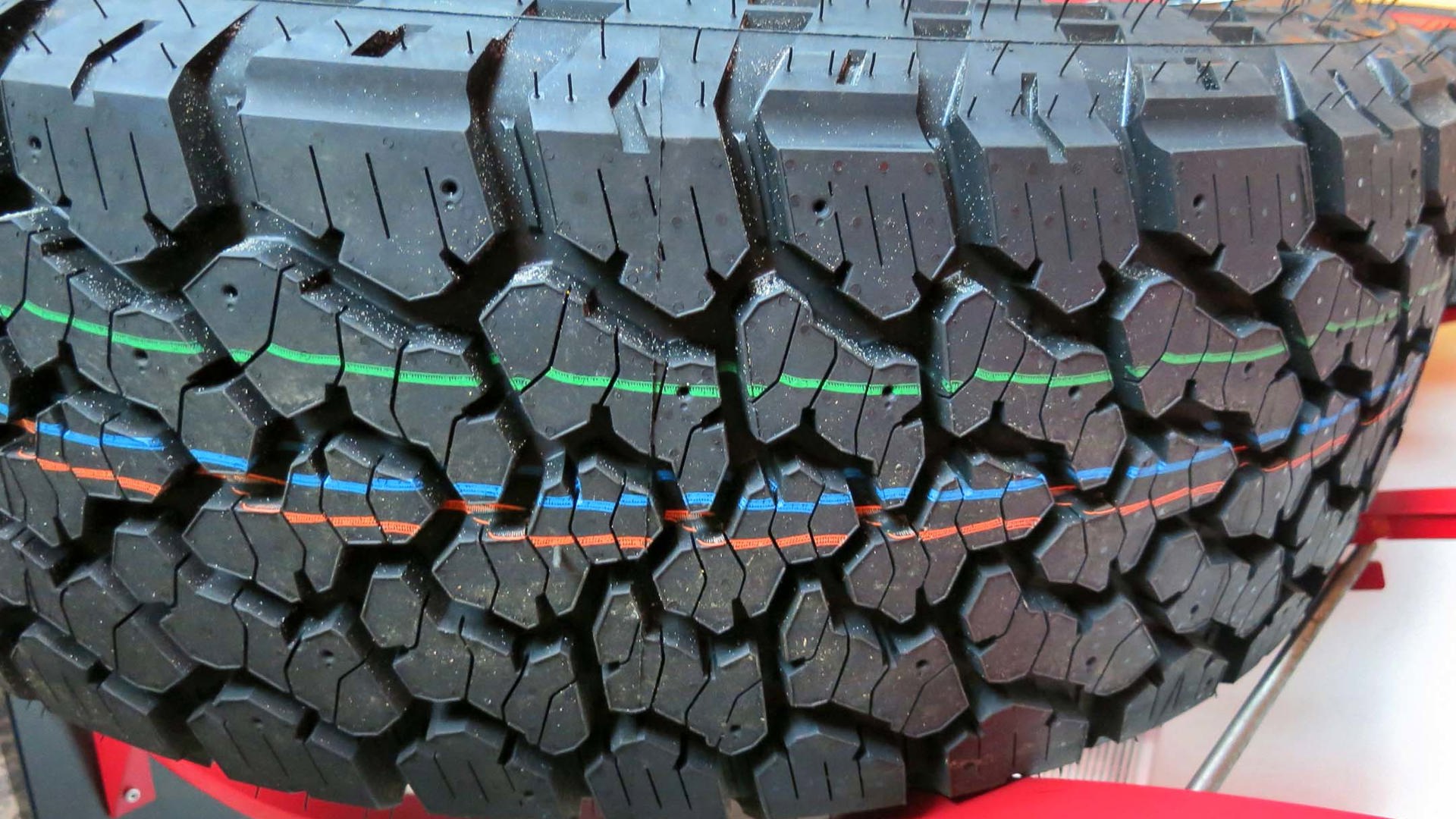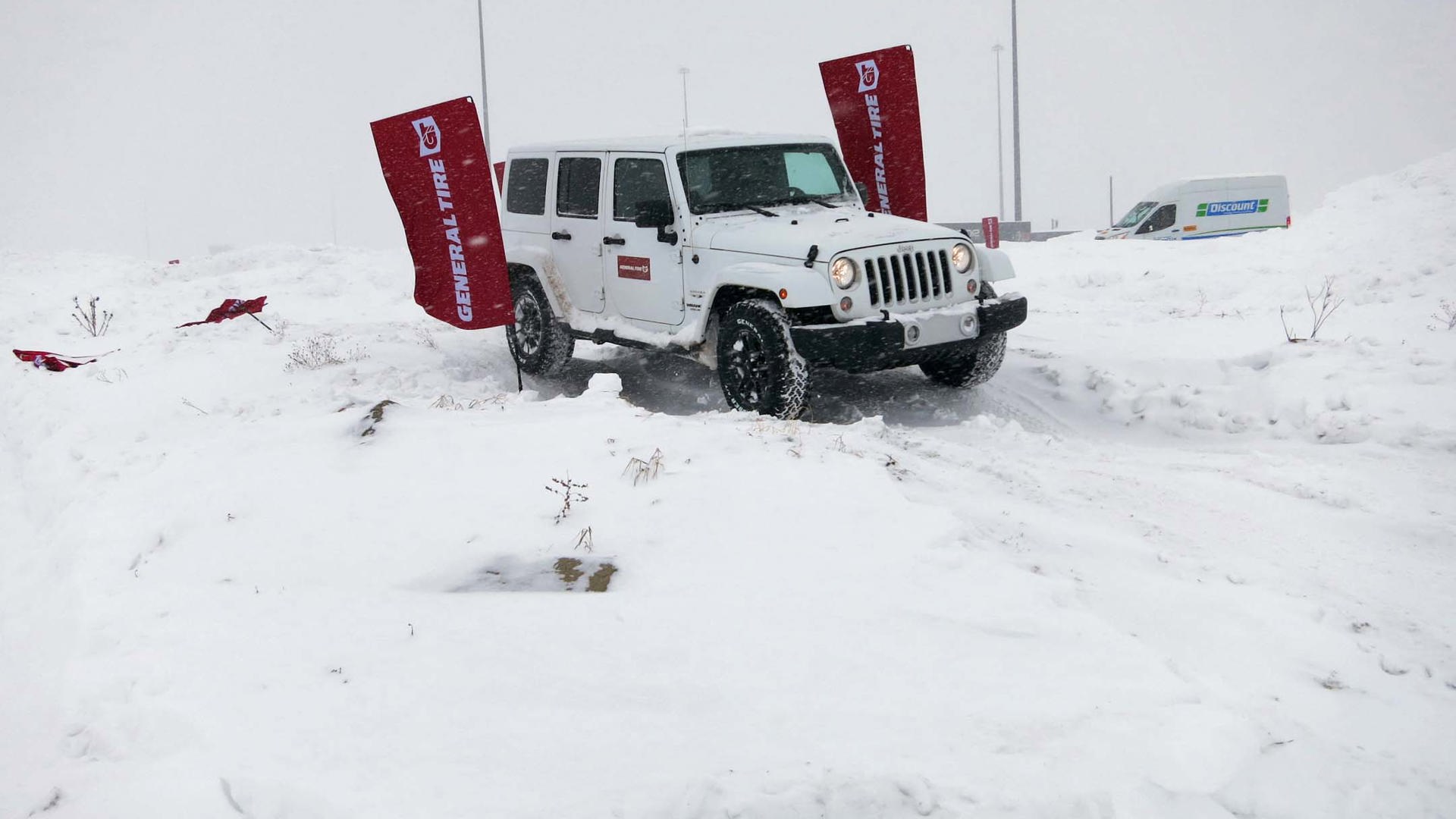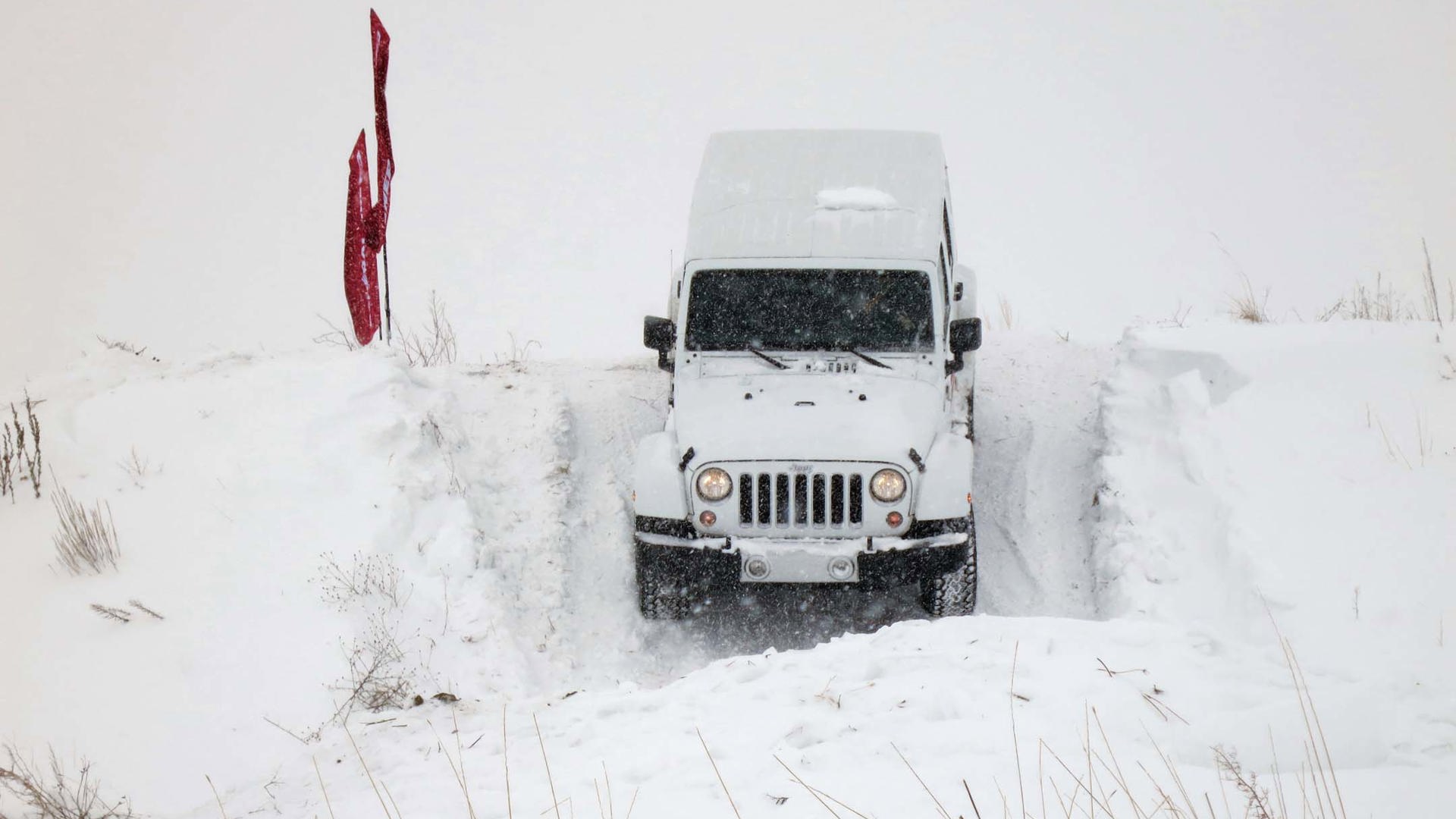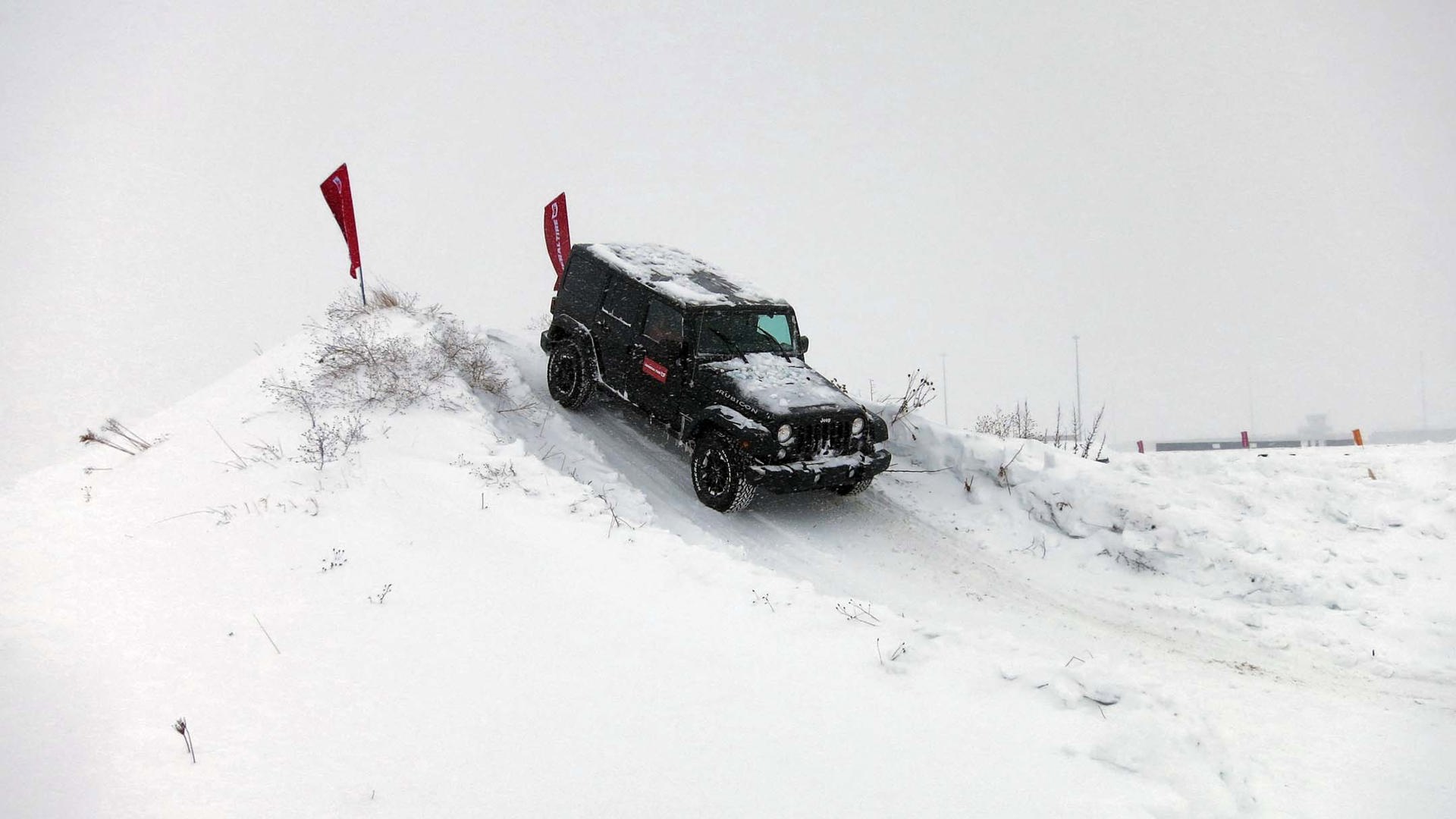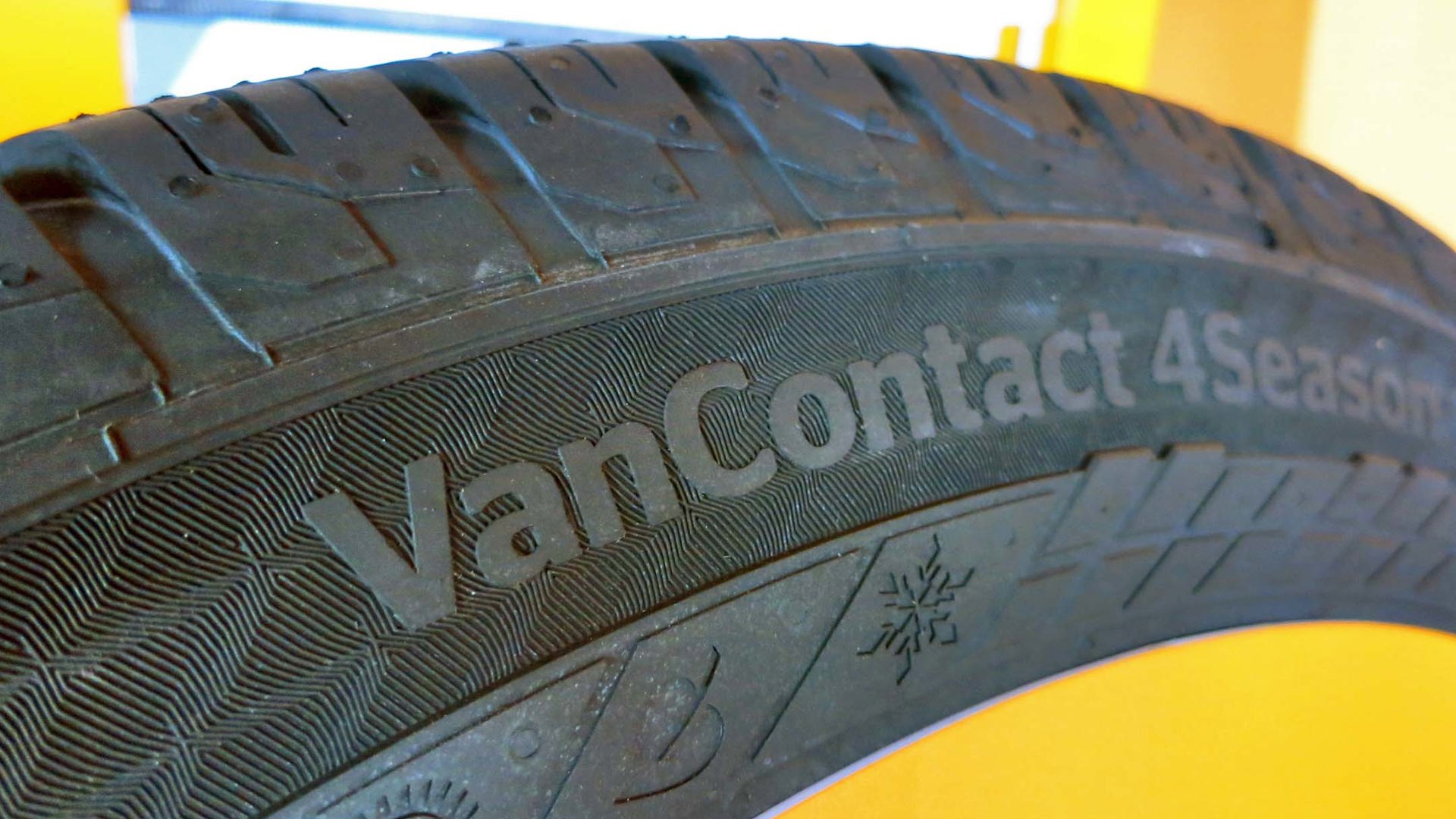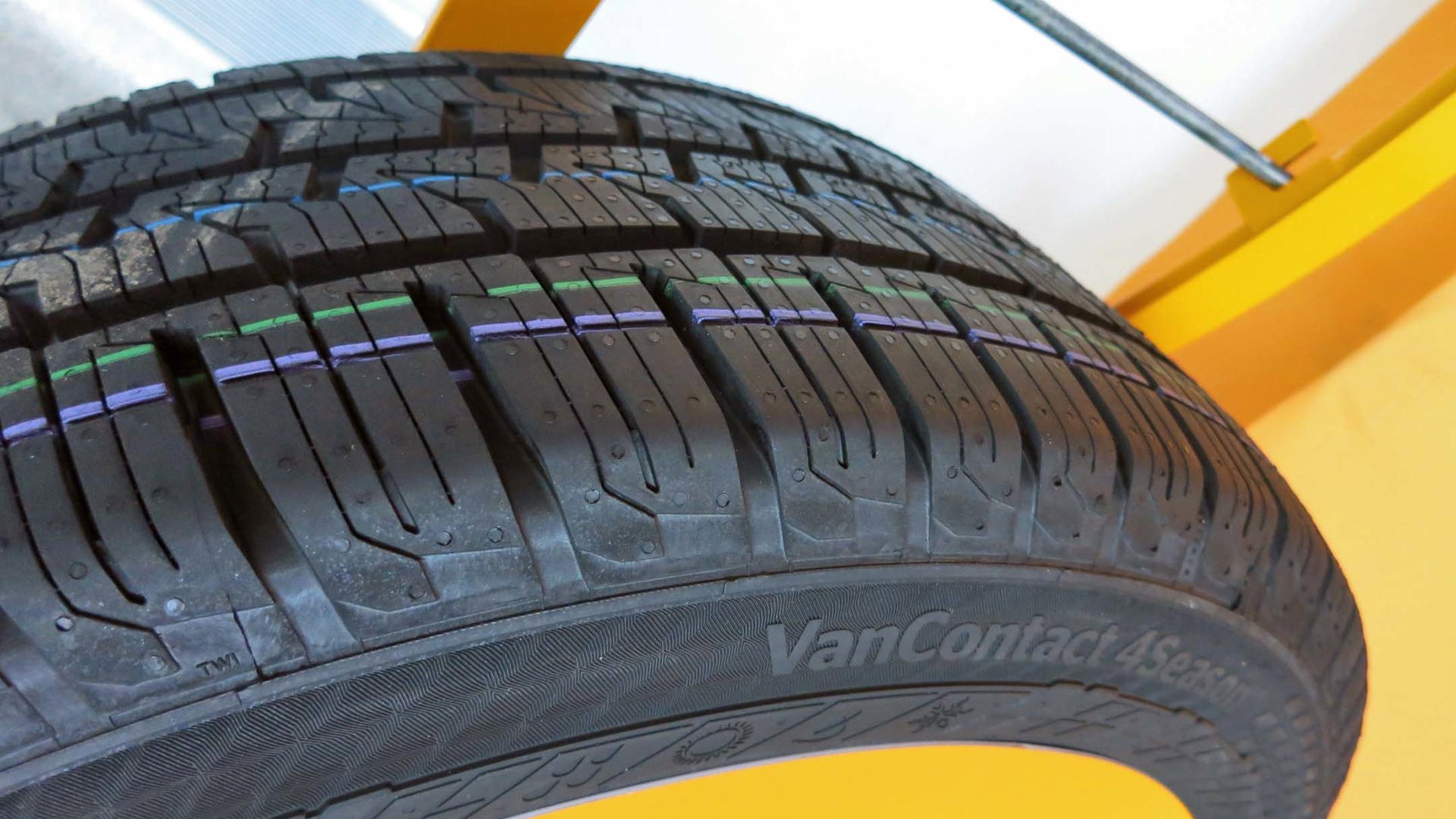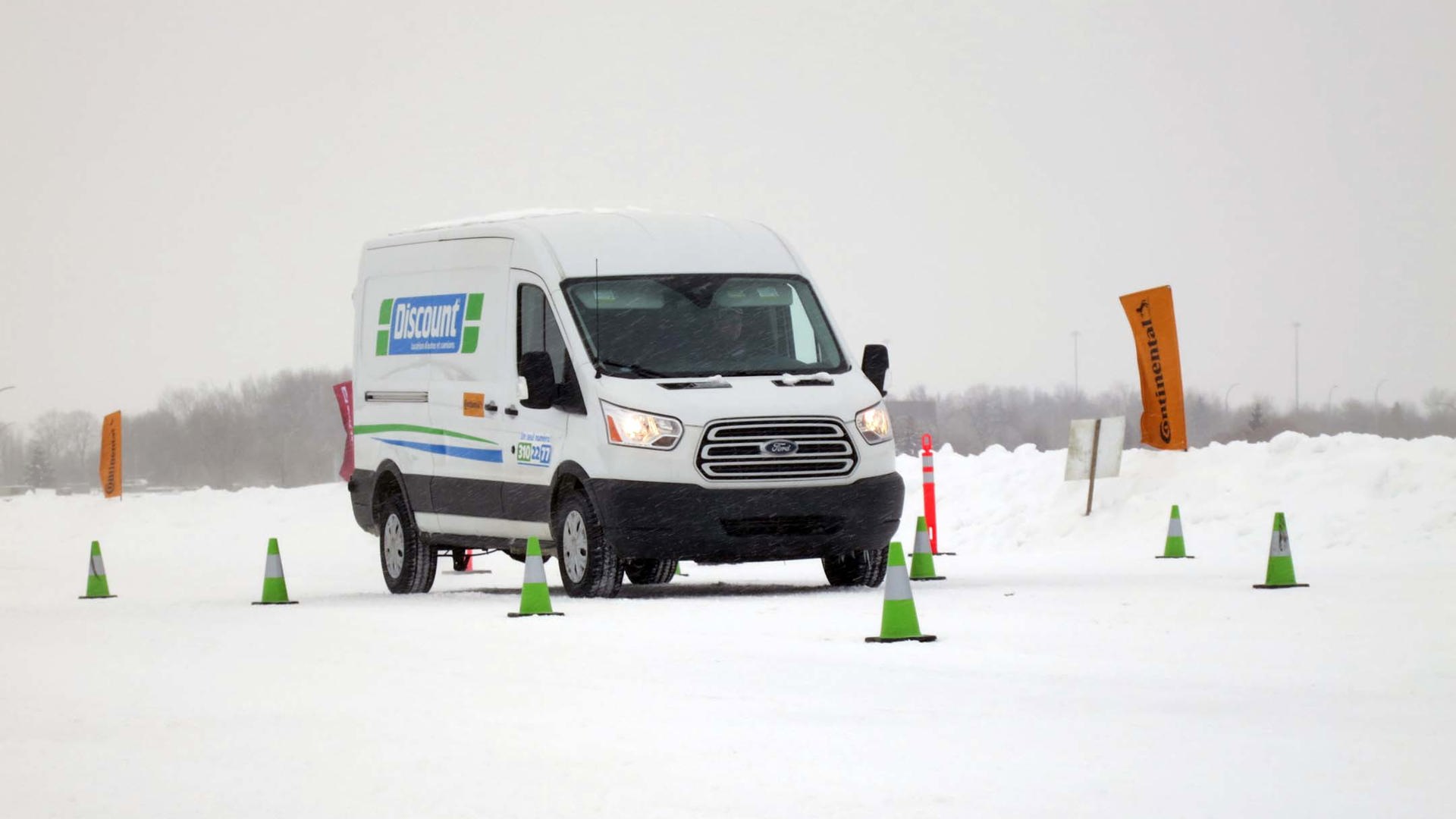MIRABEL, Quebec – Against my better judgement, I got sucked into one of those interminable discussions on social media last night about the validity of winter tires.
Being told that I “needed to educate myself” by someone who’d driven his entire life on all-seasons without issue, after I’d spent the last two days at what was probably my fiftieth tire program, was an exercise in predictable futility.
At least he didn’t call me “snowflake”.
Ironically, that was the heart of the debate – whether “snowflake”-designated tires were a crucial requirement for safe winter driving or just a marketing ploy by the manufacturers to flog more tires. But several years of evaluating rubber in simulated exercises and thousands of miles of real-world driving have proven without doubt: there’s no substitute for true, dedicated winter tires.
But thanks to advances in tread engineering and the development of rubber compounds capable of maintaining grip in frigid temperatures, yet remain wear-resistant in the warmer months, we’re seeing new levels of improved performance from that new breed of tires called “all-weather” or “four-season”.
While these tires cannot match the stopping distances or cornering ability of real winter tires in frosty conditions, they’re far superior to all-season tires. And some of them qualify for the “Three-Peak Mountain Snowflake Symbol”, also known as the “severe service emblem”.
Some people, such as our fervid, all-season tire devotee, will never be convinced. Like flat-earthers and climate-change deniers, anything outside of their own immediate experience falls into the void.
Then there are those people who understand the science behind winter compounds, and would opt for the confidence and peace of mind they provide – if they had the choice. But the added cost, lack of storage, or just the hassle of switching between two sets of rims is a deterrent to a lot of people.
That’s where all-weather, or four-season tires come in. They effectively fill the gap between all-season and genuine winter tires and provide an acceptable compromise for drivers who use one set of rubber all year round.
The three Continental tires we tested at Mirabel’s ICAR motorsport circuit in serious winter conditions all have the Three-Peak Mountain Snowflake designation – which means they’re legal in provinces such as Quebec, where winter tires are mandatory from December 15 to March 15.
General Grabber APT
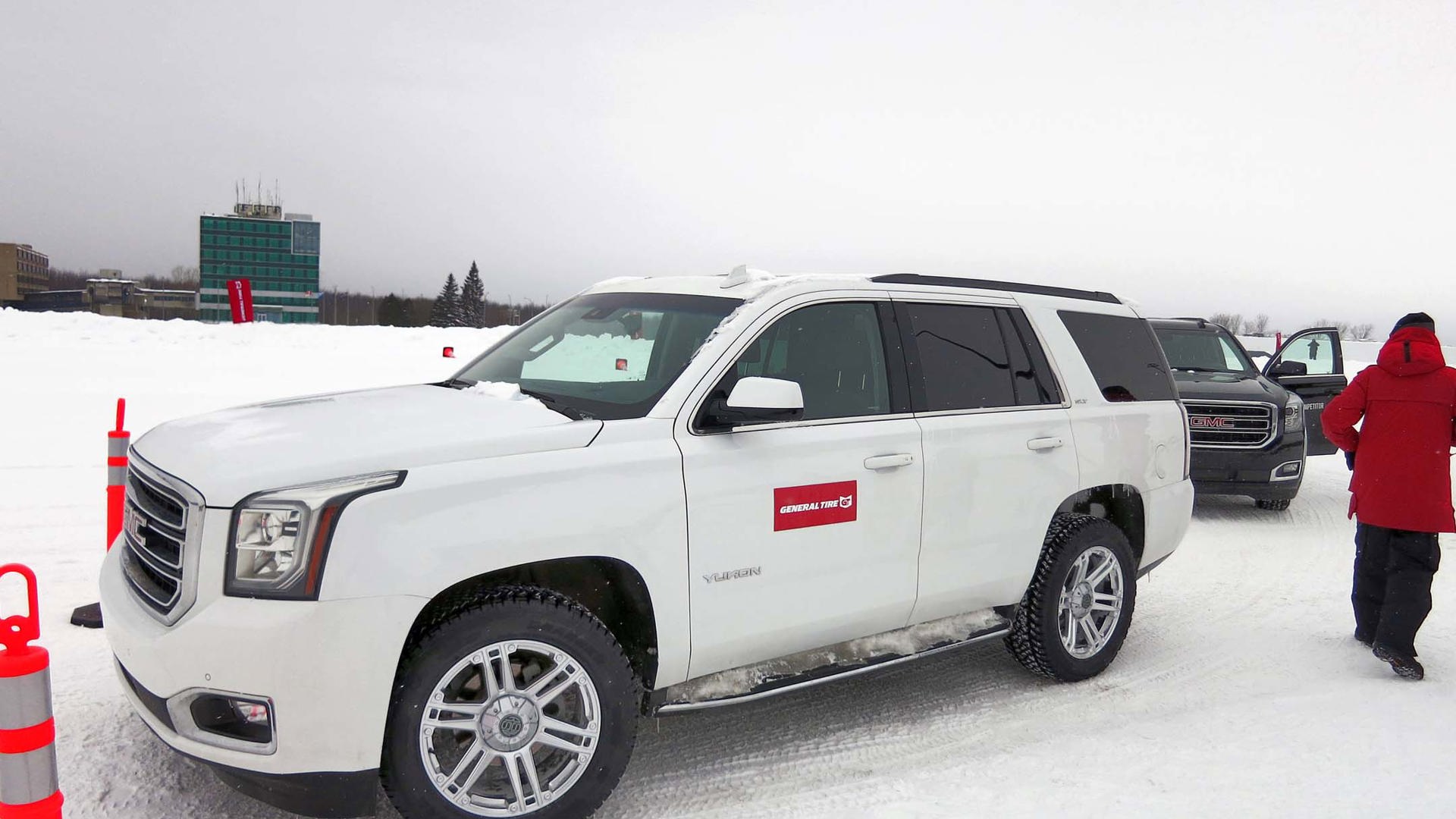
This is an all-terrain tire produced by Continental’s General Tire line. Developed specifically for trucks and SUVs, the Grabber APT targets drivers who spend approximately 70 percent of their time on the highway, and 30 percent off-road. It’s a brand-new model for the Grabber lineup, slotting between the hardcore all-terrain G Grabber AT2 and the highway-focused Grabber HTS60. The Grabber APT features an extra layer of cushion to absorb road imperfections and angled treads to channel sound away from entering the cabin. Consider it the “lifestyle” choice of the lineup, blending some all-terrain capability with good on-road manners in all-weather conditions. We dubbed it “A/T Lite”.
Driving full-size GMC Yukons over a slalom and skid pad exercise, we tested the Grabber APT against the more expensive competitor Hankook Dynapro, and we were hard-pressed to tell the difference. The General Tire seemed a bit more quiet and although the instructors urged us to notice the improvement in braking, it wasn’t that discernible. Suffice it to say we easily maintained control over the icy slalom in the big SUVs – no small feat in itself – despite neither brand being a true winter tire. Both of the competitors are the only ones in their segment to wear the Three-Peak Mountain Snowflake designation.
The Grabber APT is available in 26 mostly metric sizes from 16 to 22 inches and has a 96,000 km warranty. It’s also available in two extra sizes as the original equipment (OE) tire on the Nissan Titan, although these are not mountain snowflake–approved.
General Grabber A/Tx
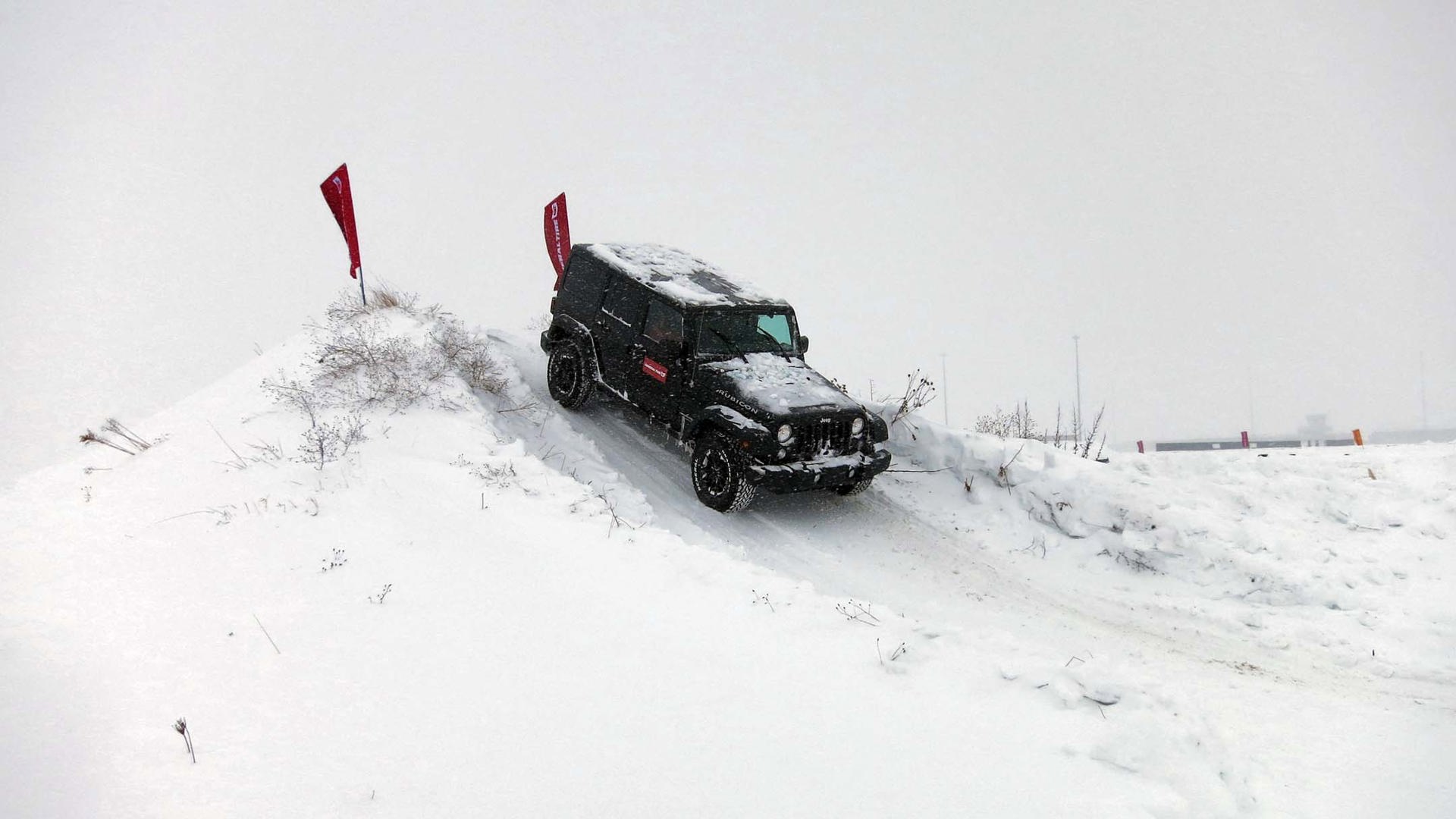
Replacing the A/T2, the new A/Tx is General’s newest all-terrain all-weather tire aimed at enthusiasts who drive Jeeps and pickup trucks. It features raised white lettering and massive shoulder blocks, giving it an aggressive, purposeful attitude. The A/Tx is designed to be a tough tire, made with a chip- and cut-resistant rubber and is fully studdable. In addition to the huge shoulder blocks, other off-road features include traction notches for increased traction in snow, dirt and mud, sidewall protection lugs, stone bumpers, traction notches, and a five-row traction pattern. Deep siping provides extra rubber-to-surface contact on wet pavement and snow, and the treads feature a “self-cleaning action” to help release stones and debris trapped within. Inside is a high-strength steel belt designed to support 3,000 pounds, wrapped in an insulation layer to absorb sound, while outside ribs are designed to trap any sound that’s generated by the aggressive treads.
Available in 27 metric sizes between 15 to 20 inches, the Grabber A/Tx is Three-Peak Mountain Snowflake–approved and has a 96,000 km warranty. We compared it to competitors BF Goodrich T/A K02 (six-year warranty) and Toyo Open Country A/T II (105,000 km warranty, not studdable).
Over an approximately two-kilometre winding road course with icy surfaces and tight turns, we found the Grabber A/Tx quite comparable to the more expensive BF Goodrich T/A K02, and showed more bite when turning than the Toyos, despite being quite a bit cheaper.
From there we tackled an off-road course, a rugged and convoluted route made up of enormous, icy snow hills and off-camber ruts. For this exercise, we used Jeep Wranglers equipped solely with the Grabber AT/x tires. The course was rugged, with plenty of drops and lateral tossing experienced within the cabin. The tires gripped the packed snow really well. The steep inclines were more of a challenge, with one driver having to back down and try again with a more steady application of throttle. Descent was more of a controlled slide than it would have been with a proper winter compound, but at no time did we feel worried that we couldn’t regain grip.
Continental VanContact 4Season
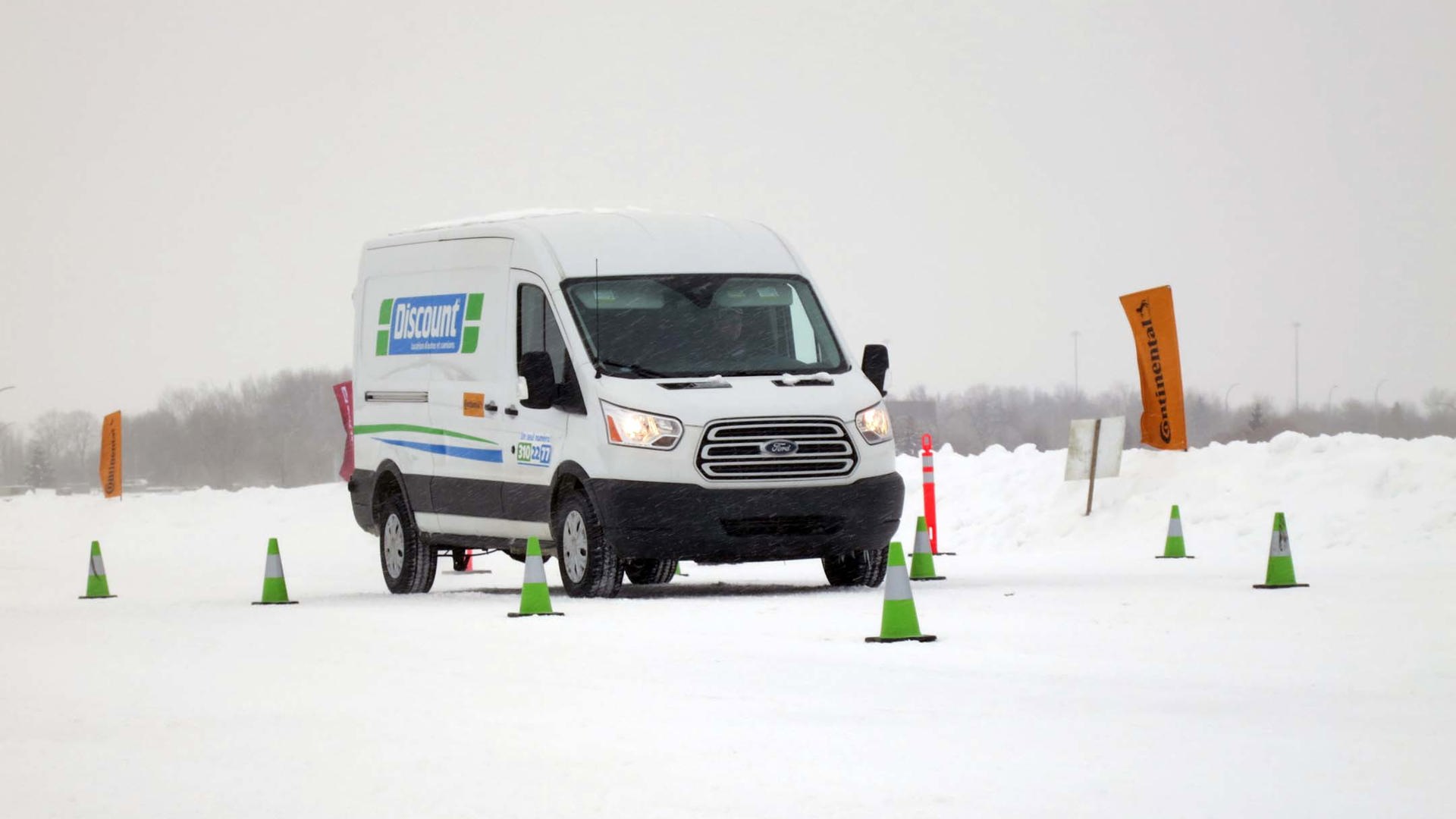
A decade ago, the commercial van segment so popular in Europe didn’t really exist here, and contractors had to make do with heavy, pick-up-based, body-on-frame cargo vans. The Ford Transit’s 2009 arrival in North America helped kick-start what is now a highly popular, competitive segment. But the Vanco Four Season tires used throughout most of the European market weren’t quite up to Canadian winters, so Continental has introduced a new VanContact 4Season that’s Three-Peak Mountain Snowflake–approved. It’s the first replacement tire for unibody vans like the Transit and Sprinter, and should prove attractive to business and fleet owners – who’ll not only save the initial cash outlay for a second set of tires, but also the cost of installation and storage.
The new tires include a number of features which help it perform well in frozen and wet climates.
V-shaped interlocking sipes evacuate water from the centre to the outside of the tread to prevent hydroplaning and improve wet braking performance. Rigid shoulder blocks and a stiff centre ribbon provide overall stability and improve dry handling and cornering ability. The shoulders, or edges of the tire, have a stepped groove designed to trap snow, which sounds counter-intuitive but actually creates better traction through snow-on-snow adhesion.
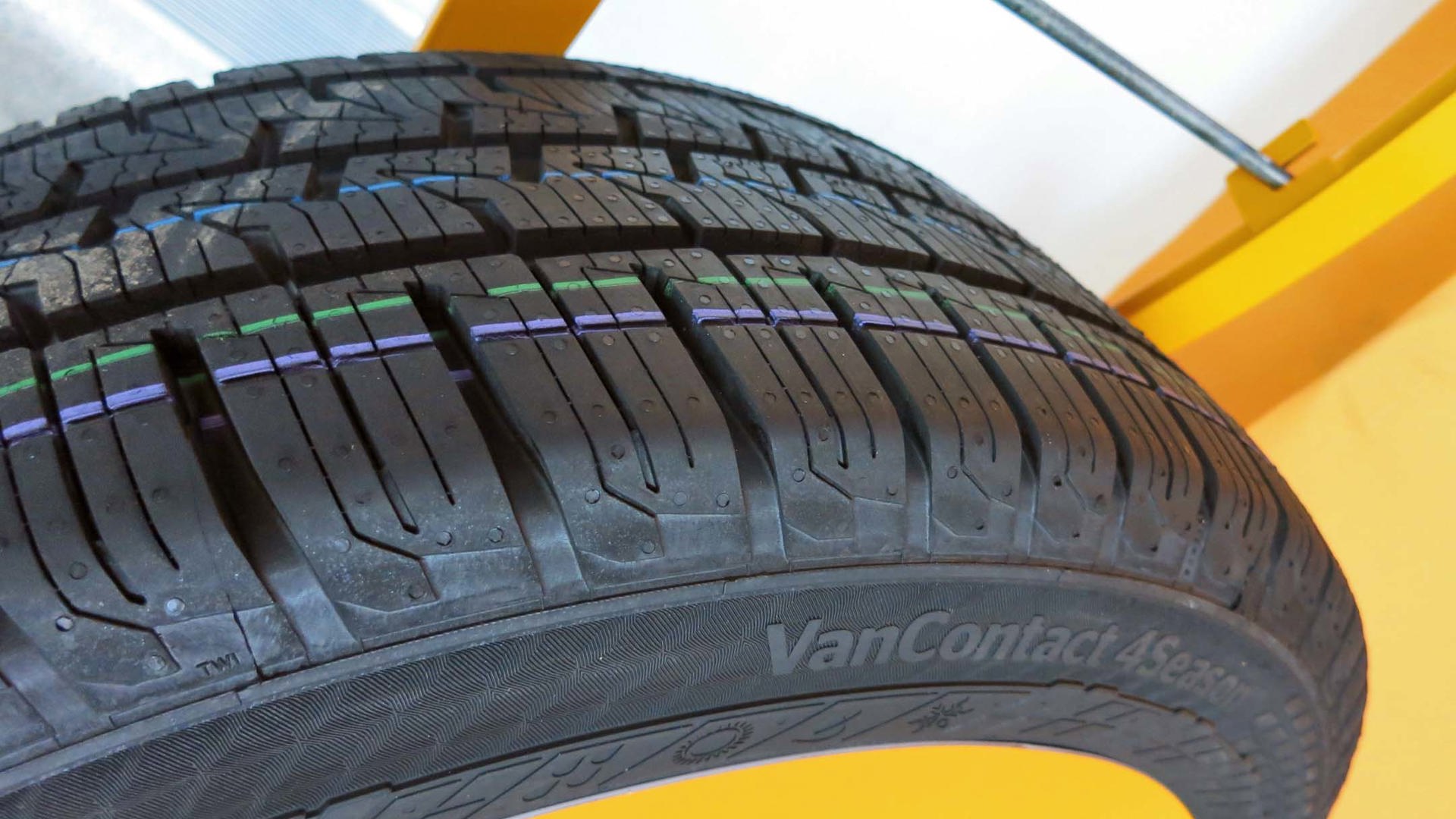
Fuel economy is one of the most important factors for business owners. How much fuel a vehicle consumes is directly related to its effort to overcome inertia – or resistance to moving. While tires are engineered to grip, that adhesion to the pavement requires more fuel to get the tire to break free and start rolling. Most of tire’s reluctance to move comes from “hysteresis” which describes the heat and energy wasted when the tire’s tread, sidewalls and carcass are deformed when compressed during rolling.
We weren’t given any fuel consumption data, but according to Continental, their new commercial van tires use their “next generation” of silica compound for reduced rolling resistance. They also feature sidewall bar “curb protection” to prevent nicks and cuts while parking in tight and congested urban centres.
Using full-size, rear-wheel-drive Ford Transit vans, we evaluated the VanContact 4Seasons over a drive route that incorporated several slaloms and a tight hairpin turn. The tires performed surprisingly well, albeit without the decisive bite of a true winter tire. We were able to navigate the slalom course fairly easily, the tires offering just enough grip to maintain steering while cornering. The hairpin presented more of a challenge, and it was necessary to adjust the steering and throttle to break out of an understeer and avoid ploughing into the wall.
Available as of January, the VanContact 4Seasons come in seven sizes from 14 to 16 inches.
Overall, while I still remain a fierce advocate of dedicated winter rubber for serious winter conditions, I must admit the new line of all-weather, true four-season tires are a welcome compromise for drivers who’d rather use one tire for all seasons.
